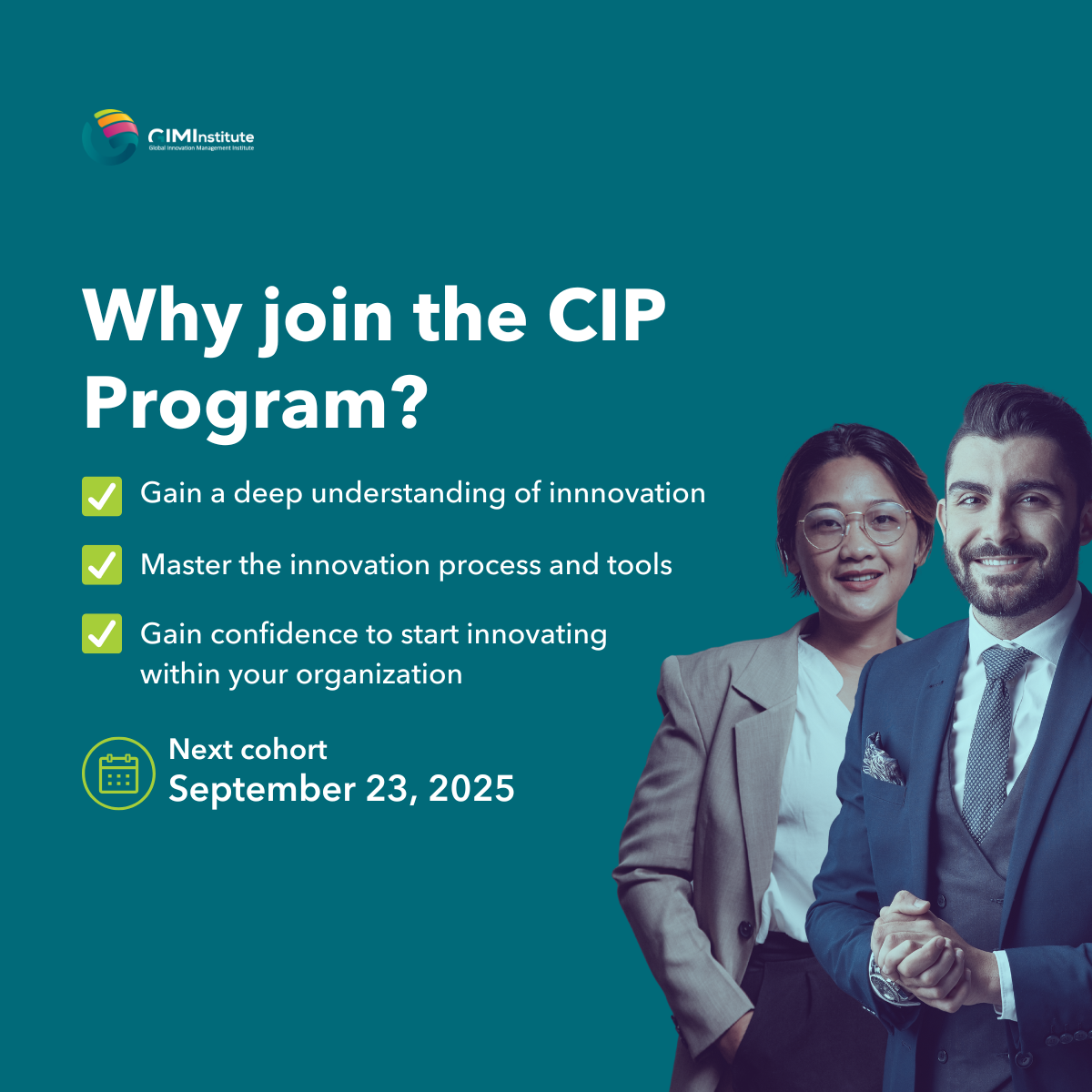Agile Development and Lean Startup Methodology: How Do They Fit Your Innovation Agenda?
By: Dr. Irene Spitsberg, the Managing Director at InnoVentures LLC
Having worked with a number of companies over the last two years implementing “lean startup” processes, I’ve noticed that there is still quite a bit of confusion surrounding certain Lean Startup concepts and Agile Development. More specifically, can they be integrated with the Stage-Gate process many companies use for new product development? Or should they remain separate?
How you organize for innovation and growth and what processes you use should depend on your company’s specific growth strategy and innovation objectives (e.g. integrating an emerging technology to maintain market leadership in your space is different – requires a different approach – than entering an entirely new market). Using more than one process is okay, too (P&G and Corning, for example, are innovative companies known for evolving their innovation management system and processes—continuously adapting to their growth strategies).
Here are a few tips from my own practical industry experience and that of my clients.
What are Stage-Gate processes
Stage-Gate processes are the key process for innovating your coreofferings. Even after implementing Agile methodologies and Lean Startup techniques, Stage-Gate processes remain important. It’s not that Agile and Lean Startup are better processes, but they just serve a different purpose.
Stage-Gate processes are most effective when your target customer(s) and markets are well defined, as it’s possible to establish clear objectives and performance targets. Projects suitable for Stage-Gate aim at maintaining or growing market share, or increasing profitability of existing and future products. These are the company’s lifeblood. That is, revenues from core products will pay bills today and generate cash for investment in future growth.
Keep in mind, too, that Stage-Gate is not a project a management process. It is a commercialization process for holistically aligning company resources for market delivery.
What is a Lean Startup?
Lean Startup is popular terminology for what is in practice strategicinnovation(for future growth projects and initiatives). It is not about developing a new product; rather, it is about building a new business and innovating on the three parts of your company’s strategy: Who is your customer? What value should you deliver? How should you deliver it? Strategic innovations carry a high degree of uncertainty and risk. With this higher risk, there should be commensurate potential returns.
While the Lean Startup approach is often treated as a philosophy, these projects also require precise planning and discipline. But a different type of planning, compared to the rigid discipline of Stage Gate. Unlike with innovations in the core, the uncertainty here is much higher. Requirements cannot be established upfront and will evolve as you learn more about the market. The planningpriority, therefore, should be to quickly identify and resolve the biggest uncertainties—often done through market prototyping (commonly known as your Minimal Viable Product (MVP), or Prototype).
Lean Startup processes should be carefully designed with commercialization in mind—not just as an exploratory process. Start by asking, How should we define success of the project?and not Can we prove that this [technical idea here] can work?It’s also critical that you build in provisions for leveraging resources of the core business. This is because many lean startup projects fail at the transition stage, when they are to be adopted by the business. The business, however, is usually not prepared.
What Agile IS and IS NOT
Agile is NOT a holistic commercialization process, but it IS a project management approach. Agile methodology came from software development. Translating this methodology to other types of companies, no matter what the industry, yields the fundamental principle of organizing development loops—or sprints—focused on answering a specific, well-defined question or set of questions.
Using Agile approaches with a stage gate
In a situation with one major uncertainty requiring resolution, it makes sense to make additional investment. Think of it as testing one parameter once all others are fixed. Such agile loops can be organized within any stage. For example, it can be useful in the early stages of projects with higher degrees of technical uncertainty, when the product concept needs fleshing out and/or when external technology needs to be identified and integrated.
Integrating an Agile approach with your Lean Startup process
In this case, there are many uncertainties at once, and the interface between each loop and the overall project is fairly complex. Recalling the previous analogy, there are not many parameters that can be fixed upfront. Therefore, the process itself should be organized as a sequence of loops. During each loop, key uncertainties should be identified and addressed in each of these four areas: Market, Technology, Go-to-Market, and Internal Organization. This ensures that no single uncertainty is overemphasized or worked on in isolation without revisiting the overall program direction. The loops repeat until risk is adequately reduced, enough so for making a major investment in the new business.
Designing systems and processes that are right for you is an art and a science. It is a science in the sense that you must observe certain fundamentals. This is where one can learn from innovation exemplars. Ignore these and you are guaranteed to fail. At the same time, you can rarely use best practices as they are, or out of the box, and usually have to adapt them to your unique goals. This almost always results in a unique approach, your very own version of the process—which is why it is an art.
Please follow this link to learn more about Agile Thinking methodology.
About the author:
Dr. Irene Spitsberg (Contact) is the Managing Director at InnoVentures LLC, a strategic innovation company, where she works with Fortune 500’s as well as smaller companies on their toughest innovation strategy and execution problems.
Irene was the key strategist and driver in establishing Innovation Ventures Group at Kennametal, where she was responsible for multi-national cross-functional teams working on the development and commercialization of new offerings in adjacent and new spaces. Her other roles included Director Global R&D Business with Cristal and a number of technology leadership positions with GE Aviation. Known for developing and implementing leading-edge innovation management frameworks and organizational solutions, Irene is a frequent speaker and author on the topics of Innovation management. Irene holds a PhD in Material Science, is the inventor or co-inventor for over 80 US patents, is a leading author of two featured papers in Research-Technology Management journal and is a recipient of NASA’s “Turns Goals into Reality” Award.


